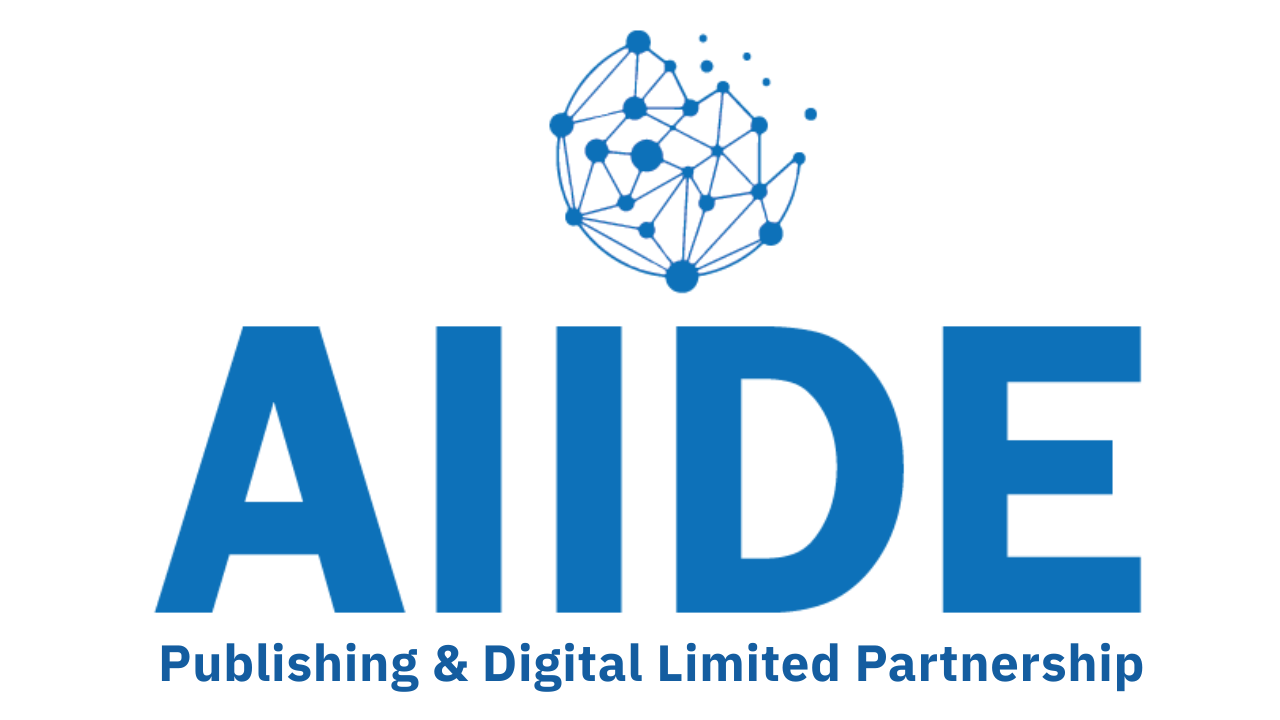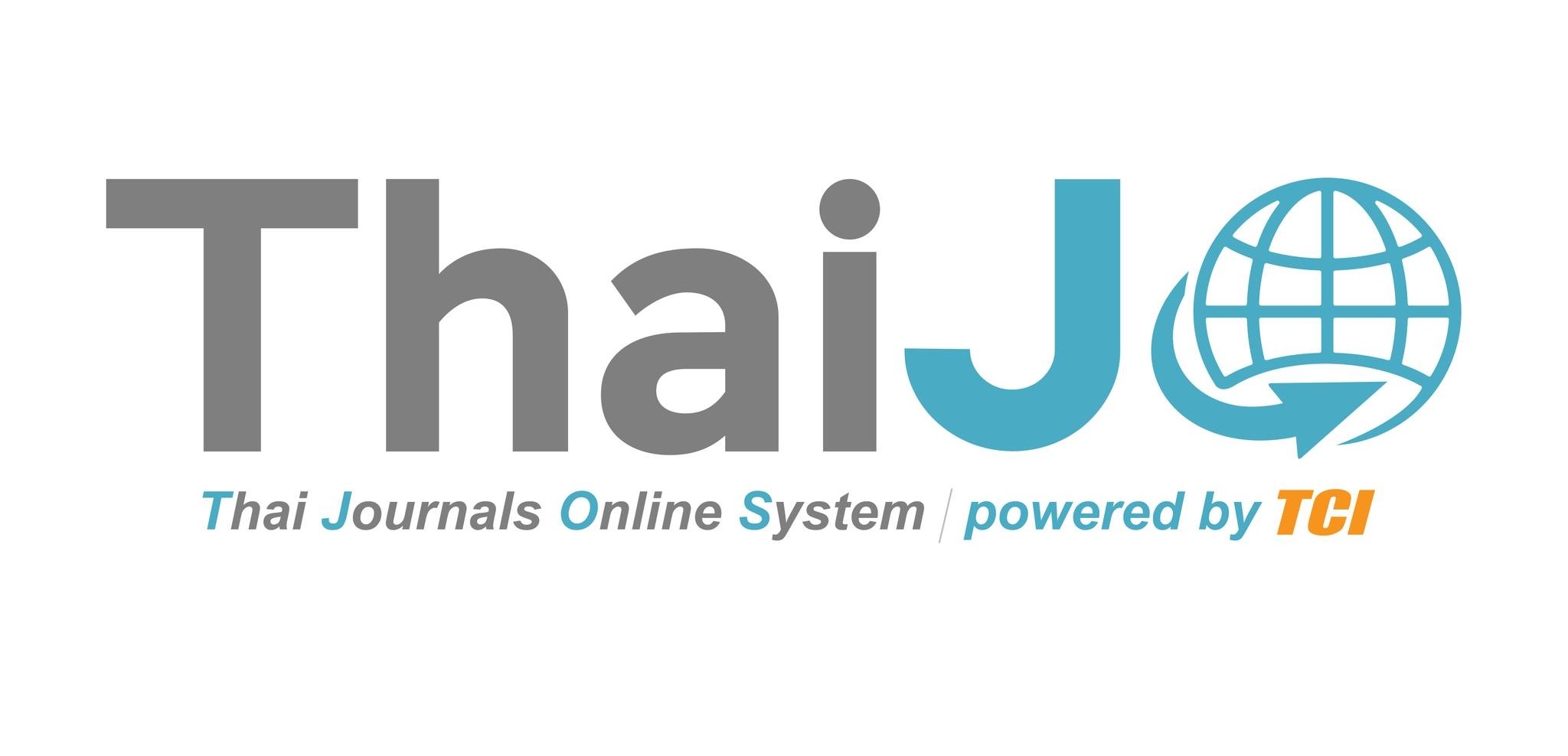กลยุทธ์ภาวะผู้นำขั้นสูง: การปลูกฝังความเป็นเลิศในฐานะผู้บริหารผู้สร้างแรงบันดาลใจ
DOI:
https://doi.org/10.14456/ajfld.2025.7คำสำคัญ:
ภาวะผู้นำขั้นสูง, กลยุทธ์, การปลูกฝังความเป็นเลิศ, ผู้บริหารผู้สร้างแรงบันดาลใจบทคัดย่อ
องค์ประกอบสำคัญประการหนึ่งของความสำเร็จขององค์กรคือความเป็นเลิศด้านภาวะผู้นำ และการพัฒนาคุณภาพนี้ต้องใช้เทคนิคภาวะผู้นำที่ซับซ้อน บทความนี้เน้นที่การผสานรวมของสติปัญญาทางอารมณ์ การคิดเชิงวิสัยทัศน์ และการตัดสินใจที่ประสบความสำเร็จ โดยจะตรวจสอบแนวคิดพื้นฐานและวิธีการปฏิบัติที่เป็นลักษณะเฉพาะของผู้บริหารที่ยอดเยี่ยม บทความนี้จะสำรวจคุณสมบัติพื้นฐานของผู้นำที่ดีเหมาะสำหรับการเป็นผู้บริหารที่ดี ผลการศึกษาพบว่า องค์ประกอบของภาวะผู้นำขั้นสูง (1) สติปัญญาทางอารมณ์ (Emotional Intelligence) (2) ความสามารถในการปรับตัวและความยืดหยุ่น (Adaptability and Resilience) (3) การคิดเชิงวิสัยทัศน์ (Visionary Thinking) (4) การสื่อสารที่มีประสิทธิภาพ (Effective Communication) (5) ภาวะผู้นำที่มีจริยธรรม (Ethical Leadership) (6) การพัฒนาบุคลากรและการให้คำปรึกษา (Talent Development and Mentorship) (7) การแก้ไขข้อขัดแย้ง (Conflict Resolution) อย่างไรก็ตามคุณสมบัติหลักของหัวหน้าที่ดีประกอบด้วย (1) ทักษะความเห็นอกเห็นใจและการฟังอย่างตั้งใจ (2) การตัดสินใจภายใต้ความไม่แน่นอน และ (3) ส่งเสริมนวัตกรรมและส่งเสริมความคิดสร้างสรรค์ นอกจากนั้นกลยุทธ์ภาวะผู้นำขั้นสูงได้แก่ (1) ภาวะผู้นำที่ปรับตัวได้: การตอบสนองต่อพลวัตและความท้าทายที่เปลี่ยนแปลงไป (2) การให้คำปรึกษาและการพัฒนาทักษะ: การบ่มเพาะผู้นำในอนาคต และ (3) เทคนิคการแก้ไขข้อขัดแย้งเพื่อรักษาสภาพแวดล้อมของทีมที่เป็นหนึ่งเดียว
Downloads
เอกสารอ้างอิง
Bass, B. M., & Riggio, R. E. (2006). Transformational leadership (2nd ed.). Mahwah, NJ: Lawrence Erlbaum Associates.
Boyatzis, R. E., Goleman, D., & Rhee, K. (2000). Clustering competence in emotional intelligence: Insights from the emotional competence inventory (ECI). Handbook of Emotional Intelligence, 343–362.
Brown, M. E., & Treviño, L. K. (2006). Ethical leadership: A review and future directions. The Leadership Quarterly, 17(6), 595–616.
Clampitt, P. G. (2016). Communicating for managerial effectiveness: Challenges, strategies, solutions. SAGE Publications.
Coutu, D. L. (2002). How resilience works. Harvard Business Review, 80(5), 46–55.
Covey, S. R. (2006). The speed of trust: The one thing that changes everything. Free Press.
De Dreu, C. K. W., & Van Vianen, A. E. M. (2001). Managing relationship conflict and the effectiveness of organizational teams. Journal of Organizational Behavior, 22(3), 309–328.
Deming, W. E. (1986). Out of the crisis. MIT Press.
Edmondson, A. C. (1999). Psychological safety and learning behavior in work teams. Administrative Science Quarterly, 44(2), 350–383.
Fisher, R., & Ury, W. (1981). Getting to yes: Negotiating agreement without giving in. Penguin Books.
Freeman, R. E. (2001). A stakeholder theory of the modern corporation. Perspectives in Business Ethics, 3, 38–48.
Garcia, P. (2020). The rise and fall of Adam Neumann and WeWork. Forbes.
Goleman, D. (1995). Emotional intelligence: Why it can matter more than IQ. Bantam Books.
Goleman, D., Boyatzis, R., & McKee, A. (2013). Primal leadership: Unleashing the power of emotional intelligence. Harvard Business Review Press.
Heifetz, R. A., Grashow, A., & Linsky, M. (2009). The practice of adaptive leadership: Tools and tactics for changing your organization and the world. Harvard Business Press.
Hofstede, G. (1980). Culture's consequences: International differences in work-related values. SAGE Publications.
Kahneman, D. (2011). Thinking, fast and slow. Farrar, Straus and Giroux.
Kotter, J. P. (2012). Leading change. Harvard Business Review Press.
Kotter, J. P., & Schlesinger, L. A. (1979). Choosing strategies for change. Harvard Business Review, 57(2), 106–114.
Kram, K. E. (1985). Mentoring at work: Developmental relationships in organizational life. University Press of America.
Lencioni, P. (2002). The five dysfunctions of a team: A leadership fable. Jossey-Bass.
Miller, C. (2020). Jacinda Ardern: Leading with empathy during crisis. Leadership Journal, 15(2), 134-139.
Nadella, S. (2017). Hit refresh: The quest to rediscover Microsoft's soul and imagine a better future for everyone. Harper Business.
Nanus, B. (1992). Visionary leadership: Creating a compelling sense of direction for your organization. Jossey-Bass.
Northouse, P. G. (2021). Leadership: Theory and practice (9th ed.). Sage Publications.
Porter, M. E., & Kramer, M. R. (2011). Creating shared value. Harvard Business Review, 89(1/2), 62-77.
Pulakos, E. D., Arad, S., Donovan, M. A., & Plamondon, K. E. (2000). Adaptability in the workplace: Development of a taxonomy of adaptive performance. Journal of Applied Psychology, 85(4), 612–624.
Rogers, C. R., & Farson, R. E. (1987). Active listening. Gordon Training International.
Salovey, P., & Mayer, J. D. (1990). Emotional intelligence. Imagination, Cognition, and Personality, 9(3), 185–211.
Stone, D., & Heen, S. (2014). Thanks for the feedback: The science and art of receiving feedback well. Penguin.
Tichy, N. M., & Bennis, W. G. (2007). Judgment: How winning leaders make great calls. Portfolio.
Vance, A. (2017). Elon Musk: Tesla, SpaceX, and the quest for a fantastic future. HarperCollins.
ดาวน์โหลด
เผยแพร่แล้ว
รูปแบบการอ้างอิง
ฉบับ
ประเภทบทความ
หมวดหมู่
สัญญาอนุญาต
ลิขสิทธิ์ (c) 2025 Administrative Journal for Local Development

อนุญาตภายใต้เงื่อนไข Creative Commons Attribution-NonCommercial-NoDerivatives 4.0 International License.










